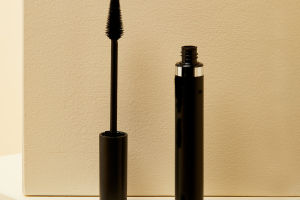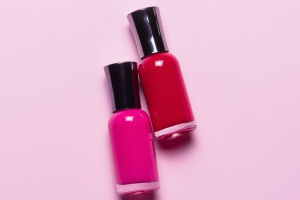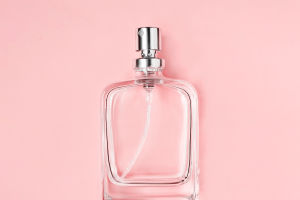Lipstick: Art and Science
Lipstick, a small yet powerful cosmetic, boasts a rich and fascinating history.
This article delves into the world of lipstick, exploring its origins, ingredients and formulations, various applications, and the latest advancements in safety and environmental sustainability.
History and Evolution
The history of lipstick dates back to ancient civilizations. As early as 3000 BCE in ancient Egypt, Queen Cleopatra was renowned for her red lip color, which was made from arsenic and red mineral stones.
In ancient Greece and Rome, lipstick symbolized nobility and was often worn by actors. Although these early lipsticks were often made with toxic ingredients, their aesthetic value was undeniable.
By the end of the 19th century, lipstick manufacturing underwent significant improvements. With the development of the chemical industry, lipstick ingredients became safer and took on a more modern form.
Ingredients and Formulation
The basic components of lipstick include waxes, oils, pigments, and other additives. Each ingredient plays a crucial role in the lipstick’s texture, longevity, and color performance.
1. Waxes: Common waxes include beeswax, palm wax, and carnauba wax. The primary function of waxes is to give lipstick structure, preventing it from becoming too soft or runny during application. Beeswax provides lubrication and has antioxidant properties.
2. Oils: Common oils used in lipsticks are plant oils (such as soybean oil and olive oil) and synthetic oils (such as esters). Oils help maintain the lipstick's moisture level and enhance color vibrancy. Plant oils are often rich in vitamins and fatty acids, which help to moisturize the lips.
3. Pigments: The color of lipstick is mainly determined by pigments, including reds, yellows, and blacks. Modern lipstick production processes and formulations undergo rigorous testing to ensure safety.
4. Additives: To improve performance, manufacturers may include additives such as preservatives (to prevent spoilage), fragrances (to add a pleasant scent), and conditioning agents (to enhance the lipstick’s smoothness).
Types and Applications
Based on different formulations and needs, lipsticks come in various types, each suitable for different occasions and effects:
1. Matte Lipsticks: These lipsticks have no shine and present a smooth, matte finish. Matte lipsticks are long-lasting and ideal for occasions requiring extended wear. However, they may be drier than other types of lipsticks.
2. Moisturizing Lipsticks: These lipsticks contain higher levels of moisturizing ingredients, providing extra hydration to the lips. They are suitable for daily use, especially in dry environments.
3. Glossy Lipsticks: Glossy lipsticks contain reflective ingredients, making the lips appear shinier. They are perfect for creating a bright, healthy look, particularly for evening events or parties.
4. Liquid Lipsticks: Liquid lipsticks usually have higher color saturation and longevity and may combine matte and glossy characteristics. Their precise application makes them suitable for special effects.
Safety and Environmental Sustainability
Modern lipstick production processes and formulations are subjected to rigorous testing to ensure safety.
Regulatory agencies such as the Food and Drug Administration (FDA) impose strict standards on cosmetic ingredients to prevent harmful substances. Additionally, with growing environmental awareness, more lipstick brands are focusing on sustainability, offering cruelty-free products and recyclable packaging.
Conclusion
Lipstick is not just a cosmetic; it represents a blend of history, culture, and science.
From ancient mineral pigments to modern high-tech formulations, the evolution of lipstick reflects humanity’s pursuit of beauty and technological advancement. Whether for everyday use or special occasions, lipstick remains an important tool for expressing confidence and individuality.


